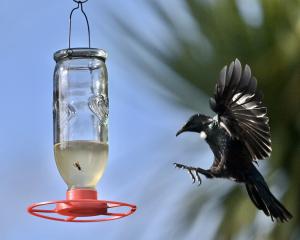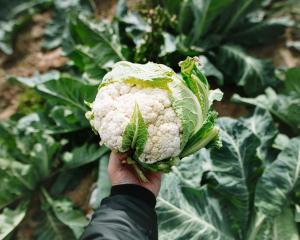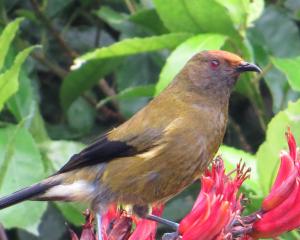Bonsai is one of the oldest decorative garden forms.
Although often associated with Japan, it is Chinese in origin.
While the first written reference is about 1300 years old, some authorities believe the practice of keeping small trees, known as pun-sai, may go back 3000 years.
Gathered in the wild, usually in mountains or from cliffs where wind and weather stunted and twisted them, the favoured trees were those with gnarled trunks and branches resembling dragons or other mythical beasts.
Even today, these are fashionable, as demonstrated at this year's Singapore Garden Festival, where a bonsai display included several specimens of Wrightia religiosa shaped to resemble Chinese characters, including that for dragon.
Over time, leaves, flowers and fruit become smaller, so eventually a bonsai specimen is a scaled-down version of the same tree grown without constraints in good conditions.
The Japanese, taken with the art, introduced it in the 12th century, developing new styles, including the addition of rocks, supplementary plants and even tiny people and buildings.
The word bonsai is Japanese, from "bon" (tray) and "sai" (plant).
There are permanent displays of bonsai in many Asian cities, including Singapore's Chinese Garden, where dozens of specimens up to 300 years old give the novice an appreciation not only of the varied shapes within the genre, but also the range of plants used.
But until the end of April, the place to see some of Asia's most impressive bonsai specimens is at the Taipei International Flora Exposition.
What makes these bonsai so special is not their age, although some are venerable specimens, but the fact that the plants on display all come from private collections and many have never before been in competitions or on public display.
Photography was banned in the indoor section, so I was privileged to be permitted to take pictures, although they had to be done without a flash.
In all, 460 will be shown in the expo's Pavilion of Regimen, named for the specific regimens used to cultivate bonsai.
At any time, 100 trees will be on show in the indoor-outdoor venue.
The decision to have a changing display is not only to encourage local people to visit the expo more than once, but also to ensure the valuable bonsai (they are all insured) suffer no ill effects from being in a different environment.
One of the most interesting specimens on show last month was a natural bonsai estimated to be 1000 years old and taken from Jade Mountain, or Yushan, Taiwan's highest peak at 3952m.
For some reason, it was displayed in a different area from the cultivated bonsai.
The initial display in Taipei had a wide range of trees from pine and other evergreen species.
A standout specimen was the cascading shower of a Cassia suffruticosa in full bloom, the 60-year-old plant owned by Liang Yue-Mei, honorary president of the Taiwan National Bonsai Association.
A stunning Bougainvillea spectabilis, whose age was estimated at 70 years, was a study in contrasts - colourful flower bracts, fluttering leaves and roots that held the soil in their powerful grasp.
The word about the bonsai spread quickly.
Within a couple of days of the expo's opening, many of Taiwan's 120,000 bonsai enthusiasts were queueing outside the Garden of Regimen - and it is a fair bet that no-one was disappointed.
- Gillian Vine attended the opening of the Taipei International Flora Exposition as the guest of Taiwan's Government Information Office.












